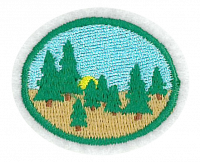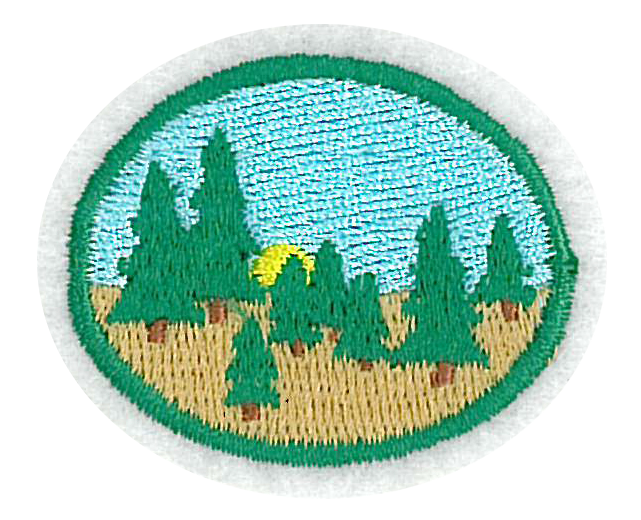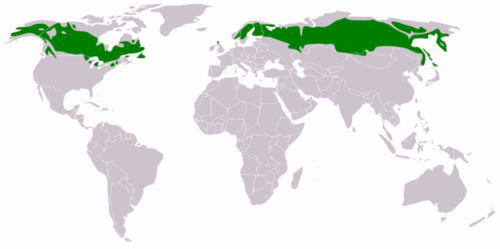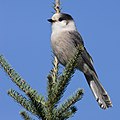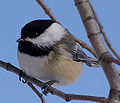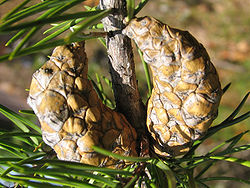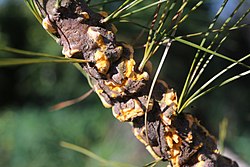AY Honor Taiga Answer Key
1
The taiga is the largest terrestrial biome and represents 29% of the world’s forest cover. This biome is dominated by coniferous trees (needle-leafed trees). The taiga is located from about 50 degrees N to 70 degrees N. There is no taiga in the southern hemisphere. The taiga has extreme temperature variation between the seasons with long cold winters dominating the climate. Low precipitation and shallow soils are also common in these areas.
2
- Boreal forest
- Northwoods
3
Canada and Russia contain most of the taiga. Much of Alaska is taiga, and some is also located in the northernmost reaches of the continental United States. Taiga is also typical in Finland, Norway and Sweden.
4
Tundra (no trees) to the north; temperate deciduous forest to the south.
5
Bogs are common in those areas. For more information about bogs, see the Bogs & Fens honor.
6
Permafrost (permanent frost) is where the ground remains frozen year round. During the summer the top layers may melt but the soil below remains frozen all year. Tundra and portions of the Taiga have permafrost. Permafrost creates challenges for utility lines that can not be buried, foundations that warm up the soil and crack, roads and other construction that require special measures.
7
Coniferous trees such as pines, spruces, firs and tamarack (Larch) are common.
Where there is more moisture and protection from the extreme cold there will also be birches, alders and poplars (such as the aspens).
8
Tamarack (Larch)
9
10
11
12
Natural fires from lightning occur every 70-100 years in the taiga. Many of the trees and plants of the taiga are fire resistant (their bark does not burn well), or like the Jack Pine, require fire to open the cones to replant the forest. Fires clear underbrush, help fertilize the soil, and renew the forest. However fires also threaten homes, businesses and infrastructure. Fires burn wood that could be harvested. Therefore governments spend a lot of effort to reduce wildfire effects.
13
- a. Softwood for lumber and paper.
- b. Vast wilderness and forests for outdoor recreation.
14
White Pine Blister Rust – This fungus was introduced into the taiga of North America from Asia. The spores from this fungus first infect Gooseberries and/or Wild Currants. It then spreads to the needles of white pines (pines with 5 needles in each cluster) and eventually kills the pine tree when it reaches the bark of the tree's trunk.
15
Here is one example:
It is only when burned by fire that a cone from a Jack Pine will open (explode from the heat). The seeds are released from the cone and new life begins. Like the fire, trials in our lives sometimes cause us to do or learn new things that can truly bless us if we rely on God for our strength and direction.
"And we know that all things work together for good to them that love God" - Romans 8:28
16
16a
Look for an Arboretum, or perhaps a place that explains about the lumber business. Often there will be a local park focused on trees, or some other place like a zoo might double as an Arboretum.
16b
16c
If you are planning to visit a zoo or aquarium, be aware that there are various honors that have requirements which can be met by visiting a zoo or aquarium. Individuals can work on multiple honors in one visit, or parts of your group may work on different honors during the same visit.
Here is a list of honors which have requirements that can be met by visiting a zoo or aquarium:
16d
16e
16f
16g
16h
